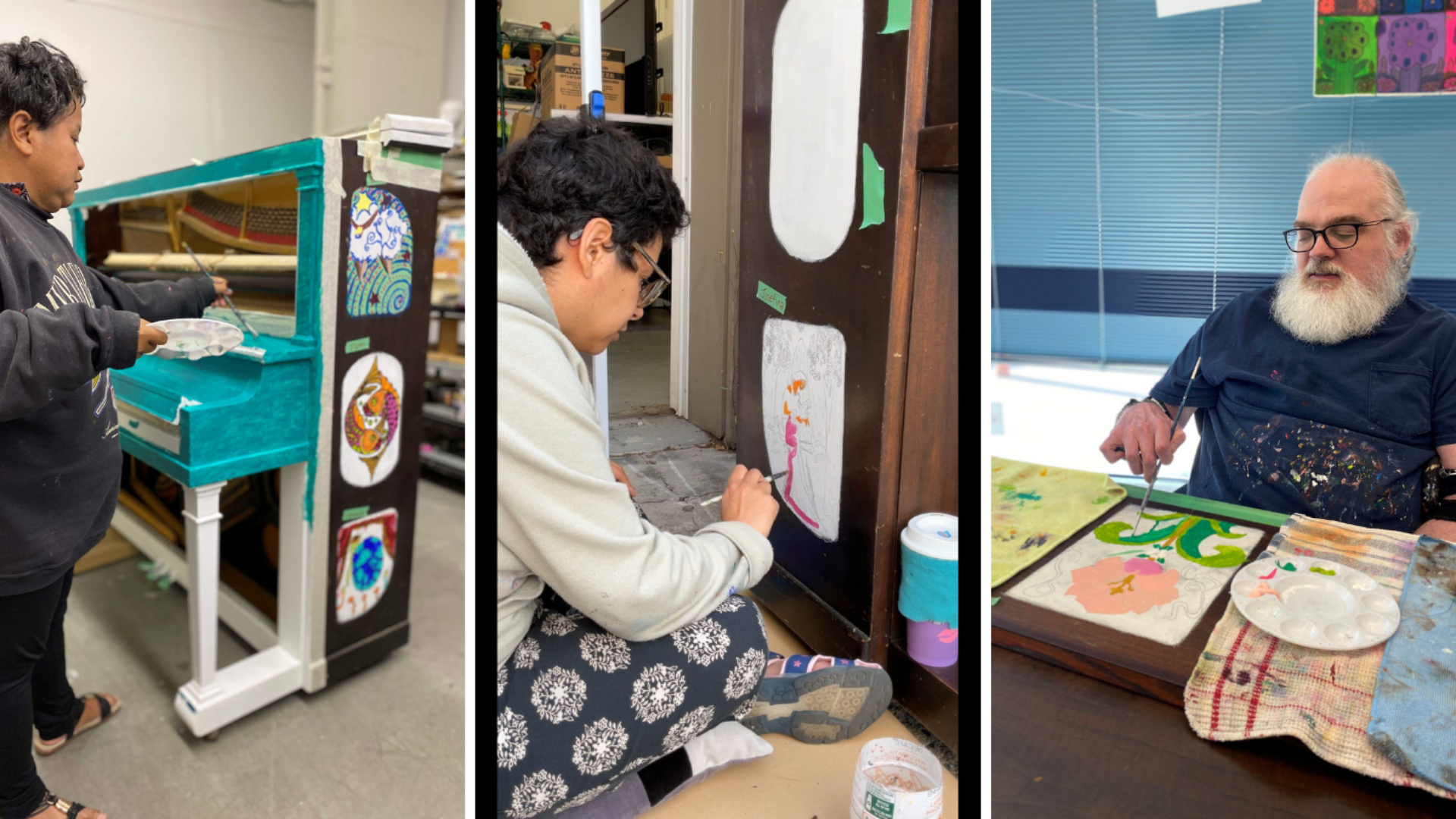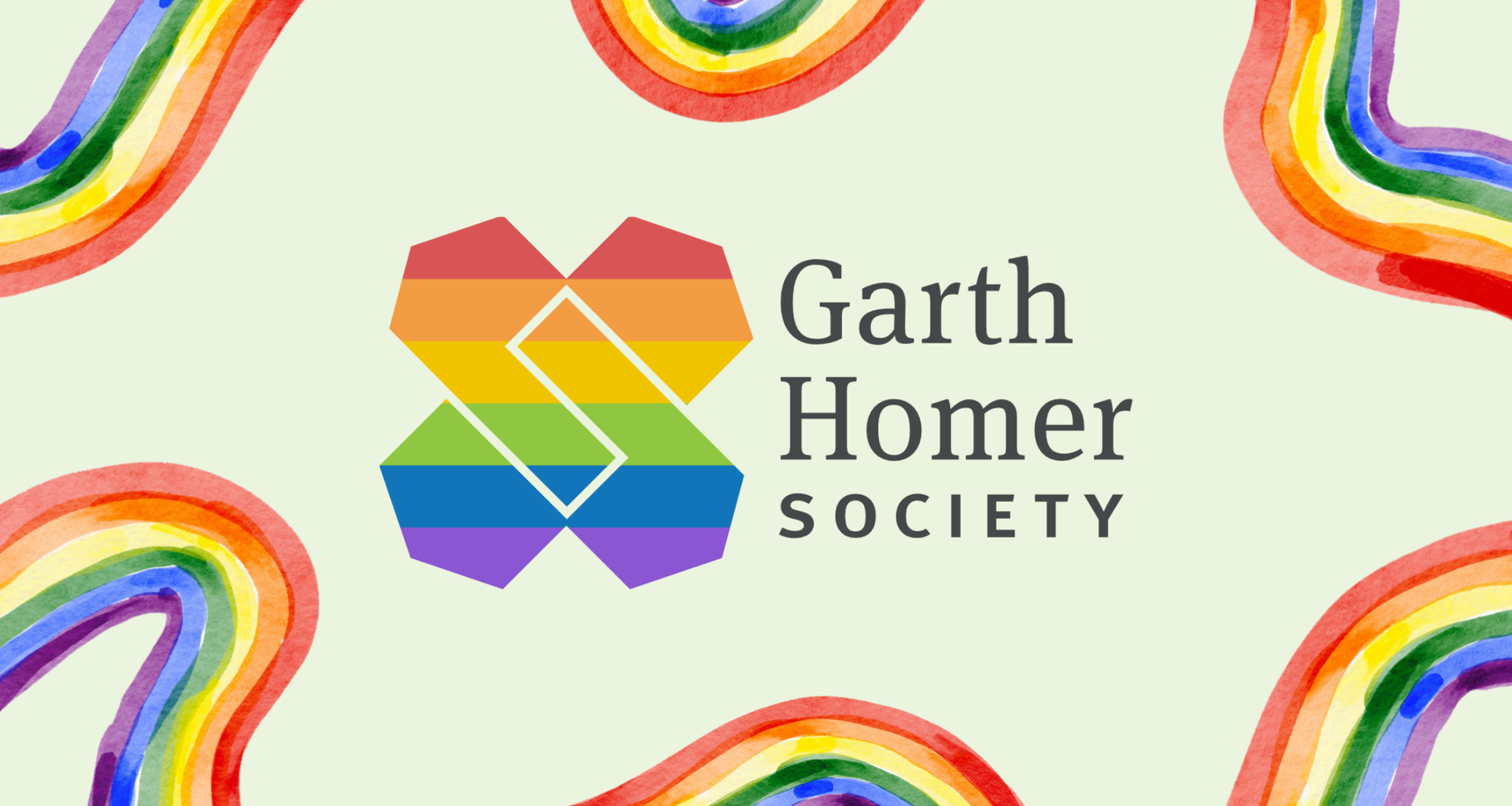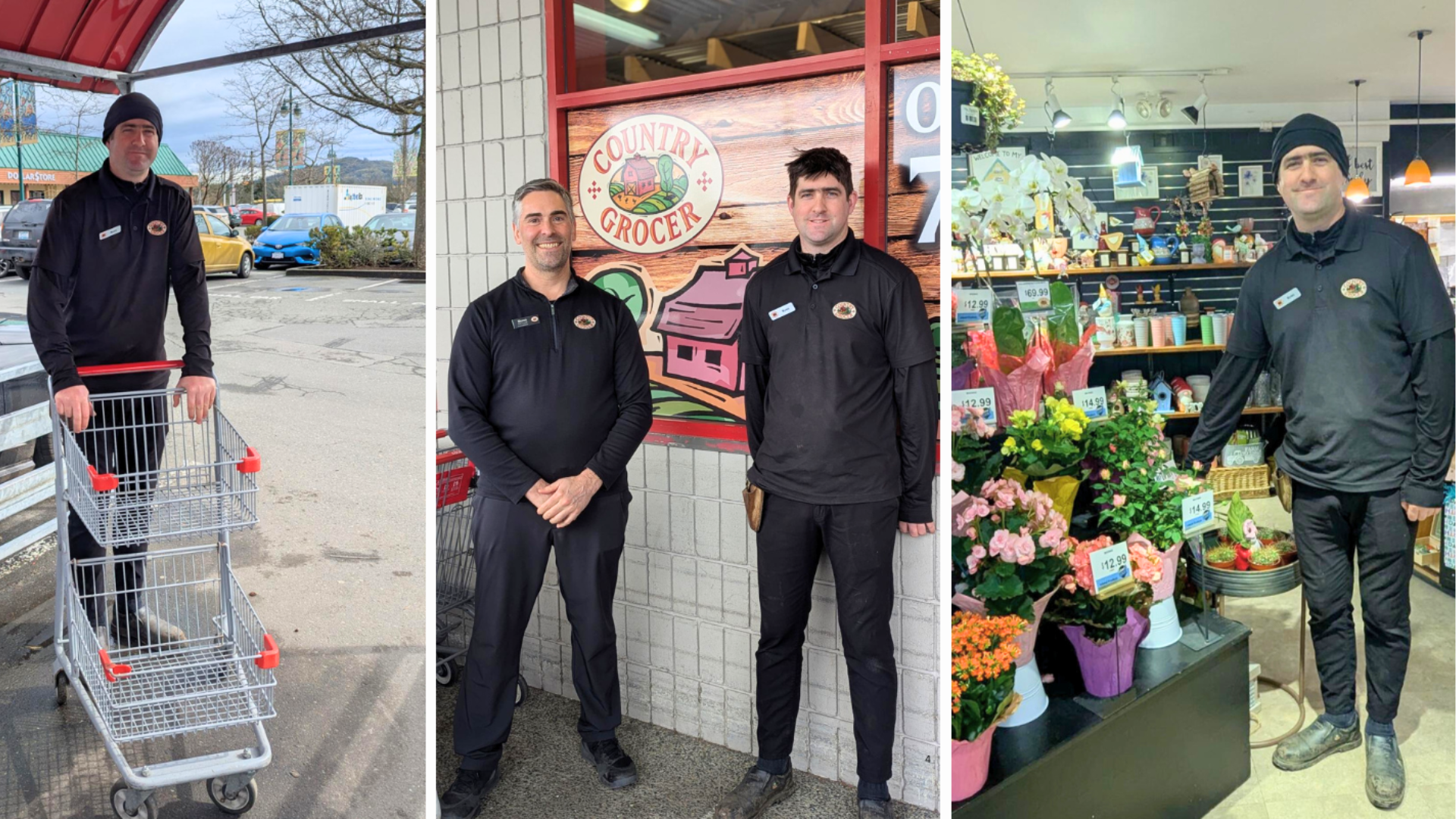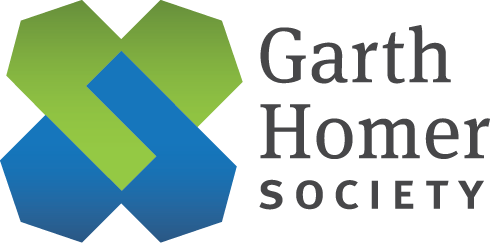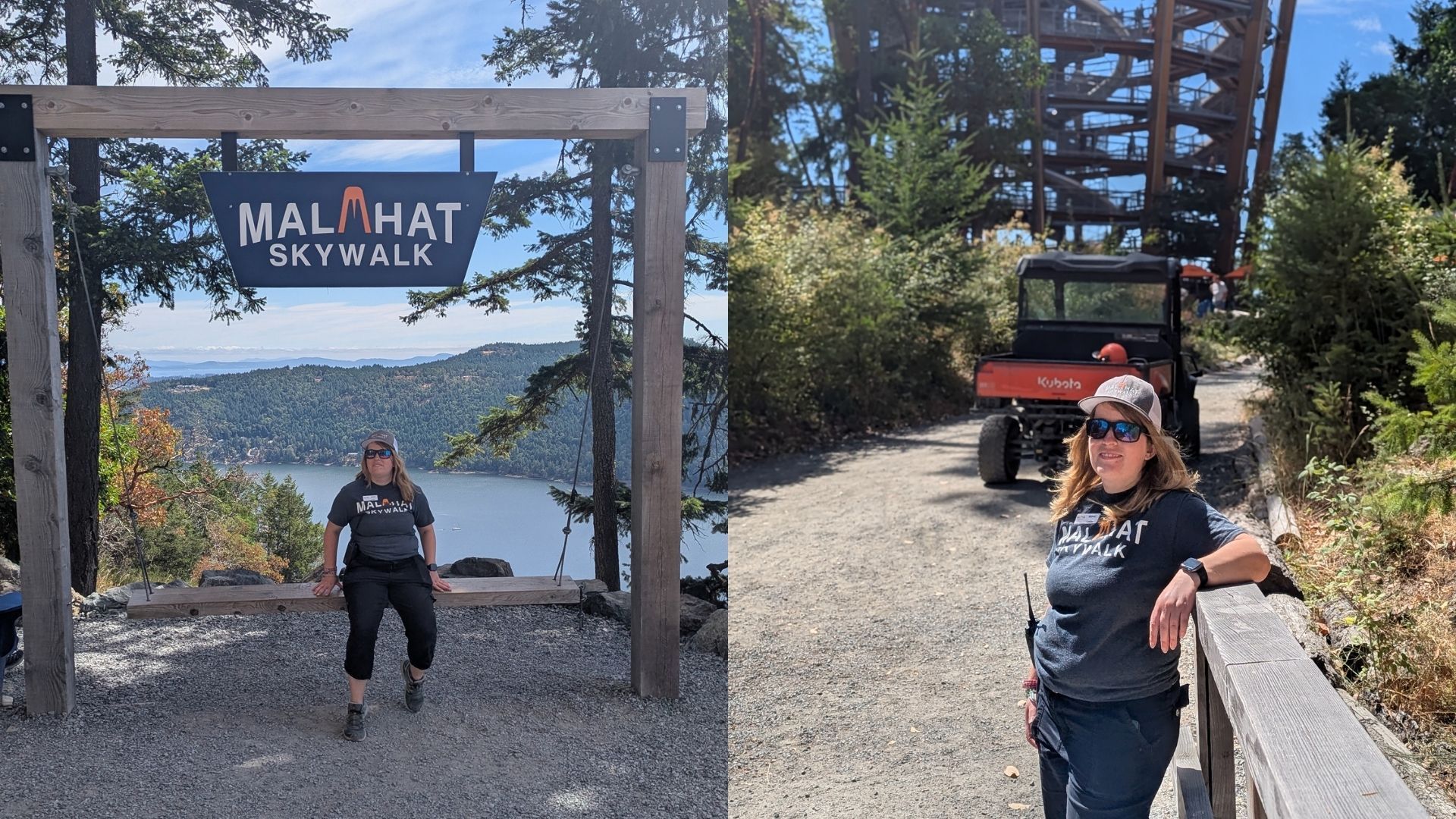ArtWorks and Lifestream Collaboration Channel the Sweet Sounds of Summer in Oak Bay
If you’re looking to soak up the sounds of summer, tickle the ivories, enjoy some art or all three at the same time then Oak Bay is the place to be from July through early September this year. It’s where you’ll find Garth Homer’s painted piano, and ArtWorks’ artists first ever entry in the municipality’s Arts Alive program.
The popular Arts Alive pianos are painted by local artists and located in select outdoor locations around Oak Bay for the public to play from 9:00 a.m. to 8:00 p.m. daily. Special pop-up performances by pianists are also in the planning stages. Times and locations will be posted at: Oakbay.ca/events
“This year we have three new pianos being featured,” explains Andrea Pass, Oak Bay’s arts and culture programmer, who jumped at the opportunity to include Garth Homer artists in the program which began in 2014. “They truly embody a collective of community artists which is true to former Oak Bay Arts Laureate Barbara Adam’s (who started Arts Alive) vision of making Oak Bay a destination for arts and culture.”
For the 17 Garth Homer artists, work on the piano began in April, when it was professionally moved into the back of the ArtWorks Government Street studio. Examining the piano’s form, playing the keys, exploring the inner workings, and just engaging with its physical presence in the studio was the first step in the creative process according to ArtWork’s studio and gallery coordinator Alison Duerden. Finding the date of 1896 stamped inside the piano then launched the research, brainstorming and collaboration among artists that determined the style in which the piano is being painted. “Art nouveau was the big movement of that time and matched a lot of what our clients voiced in terms of their ideas for the piano. A lot of their visions embraced natural elements, so botanicals and animals. It's a very flowy movement with natural lines and hardly any straight ones,” explains Duerden. The piano’s front panel is dominated by a large flower inspired by William Morris, a British textile designer who used flowers as his source of inspiration for wallpaper and tapestries. Surrounding that centrepiece is an owl, birds in flight, a cat, peacock, imaginary animals and sunflowers. “This is the first truly collaborative work our artists have done,” enthuses Duerden. “When you look at the piece, you’ll see 17 distinct approaches and brushstrokes united by a common art nouveau style and palette of dark green and different hues of turquoise.” Duerden adds there’s another special feature of the Garth Homer piano that’s as unique as the artists who have spent upwards of 500 hours on the project. “Each artist has hidden a little ‘easter egg’ surprise somewhere in their design that speaks to who they are as a person,” teases Duerden. “If you find a tiny cupcake hiding somewhere discreet then you’ll know for sure it’s our piano.”
Taking great pride and contributing something, that is lasting or enduring to the neighbourhood is what she says has driven the artists from day one. “It represents more than just a painted piano. I think it serves as a reflection of the community and the individuals, like our artists, who make it unique,” says Duerden.

